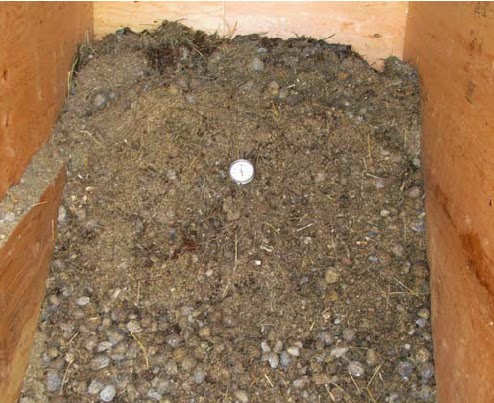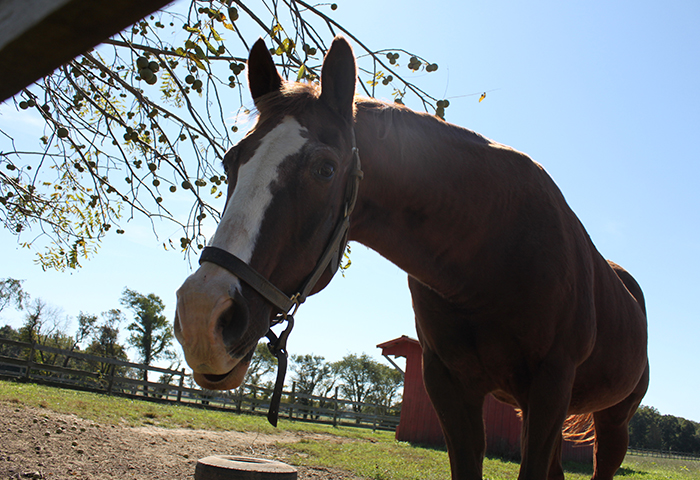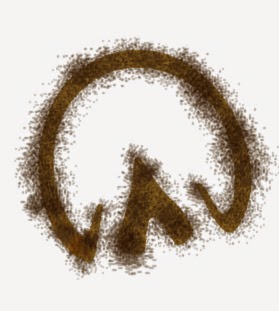Are you stifle-deep in manure? Not properly managing horse manure can have harmful results. Luckily I’m here to help! Keep reading to find out how truly awesome manure can be and how you can use it to your advantage!
Constantly picking the paddock and stalls and putting it in a compost pile is safer for the environment. Although you may get your hands a little dirty, this can decrease the chances of nutrient runoff and environmental contamination. The best part is that the resulting compost can then be put back in the field to nourish the ground for plant growth. If only doughnuts could grow on trees!
 Recently, my equine expert buddies, Drs. Mike Fugaro and Mike Westendorf, were on the talk radio show, “Horses in the Morning” chatting about the scoop on poop and the scary disorder, Equine Protozoal Myeloencephalitis (EPM). Dr. Westendorf recommended ways for small farm owners to best minimize runoff. First of all, the manure needs to be kept 100 feet away from bodies of water, for example lakes, ponds, rivers, and streams. Not only will this help the environment, but also keep nutrients in your paddock.
Recently, my equine expert buddies, Drs. Mike Fugaro and Mike Westendorf, were on the talk radio show, “Horses in the Morning” chatting about the scoop on poop and the scary disorder, Equine Protozoal Myeloencephalitis (EPM). Dr. Westendorf recommended ways for small farm owners to best minimize runoff. First of all, the manure needs to be kept 100 feet away from bodies of water, for example lakes, ponds, rivers, and streams. Not only will this help the environment, but also keep nutrients in your paddock.
To properly compost, temperature is key! The compost pile needs to reach an internal temperature of 140°F – Whoa that’s hot! You need to turn the pile on a regular basis until the temperature doesn’t increase anymore, then it can be spread over the field. Composting also turns yucky poop into fertilizer that contains high quality nutrients that can be spread over a field for plant growth. If you use shavings in your stalls, then you better make sure you compost them. Shavings suck up additional nutrients in the ground, which means no more doughnut trees! Told you manure could be awesome!
Composting helps keep my gal pal HugMe Christi and I safe from harmful parasites, too. Composting kills parasites found in poop, such as the protozoa that causes EPM, a neurologic disorder. Don’t know much about EPM? Check out my blog later this month and I’ll tell you all about it!
Get the Scoop on Poop by checking out my buddy, Mike Westendorf’s segment on “Horses in the Morning” here and by reading the latest manure fact sheets on the Center’s website:


